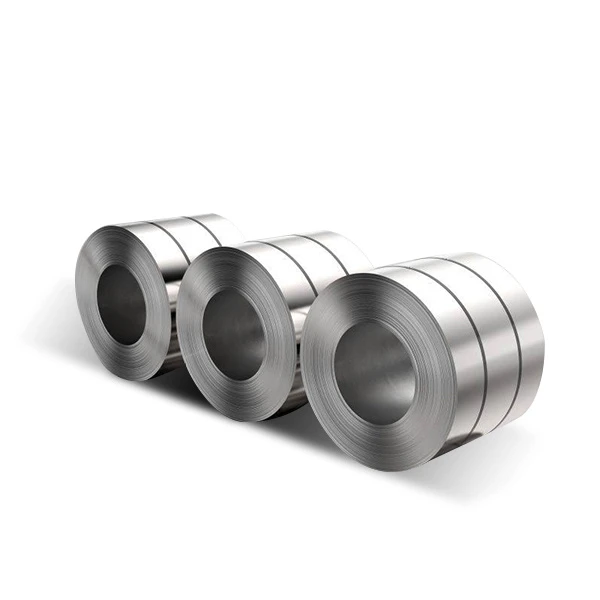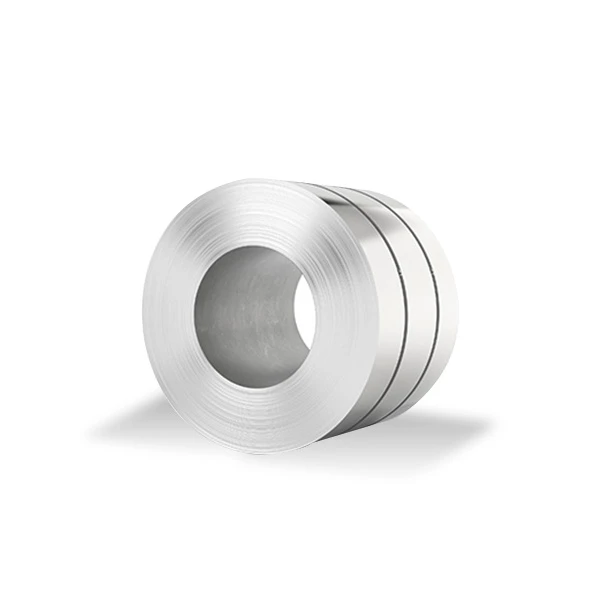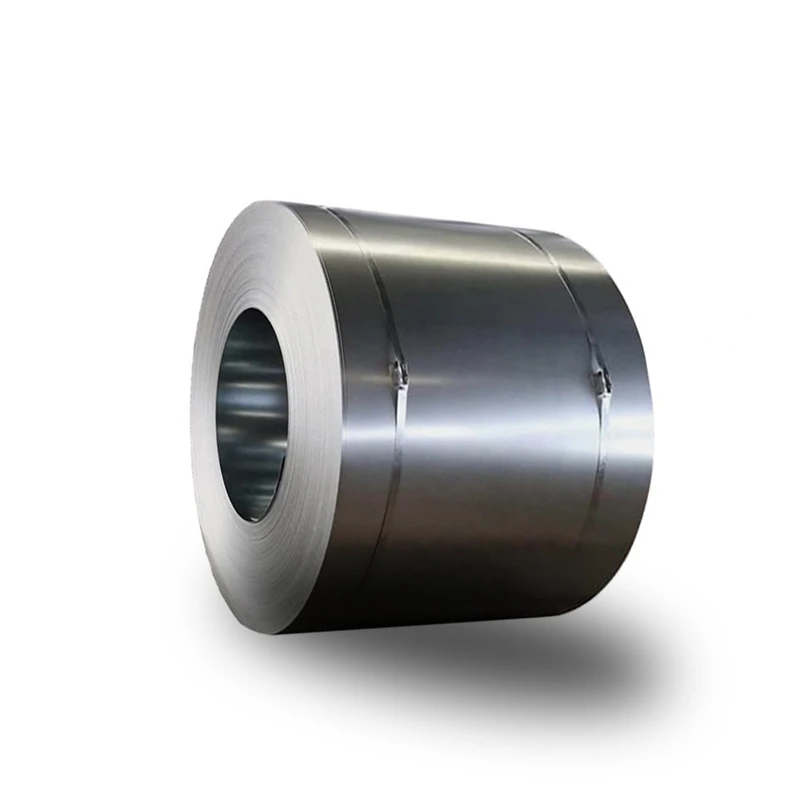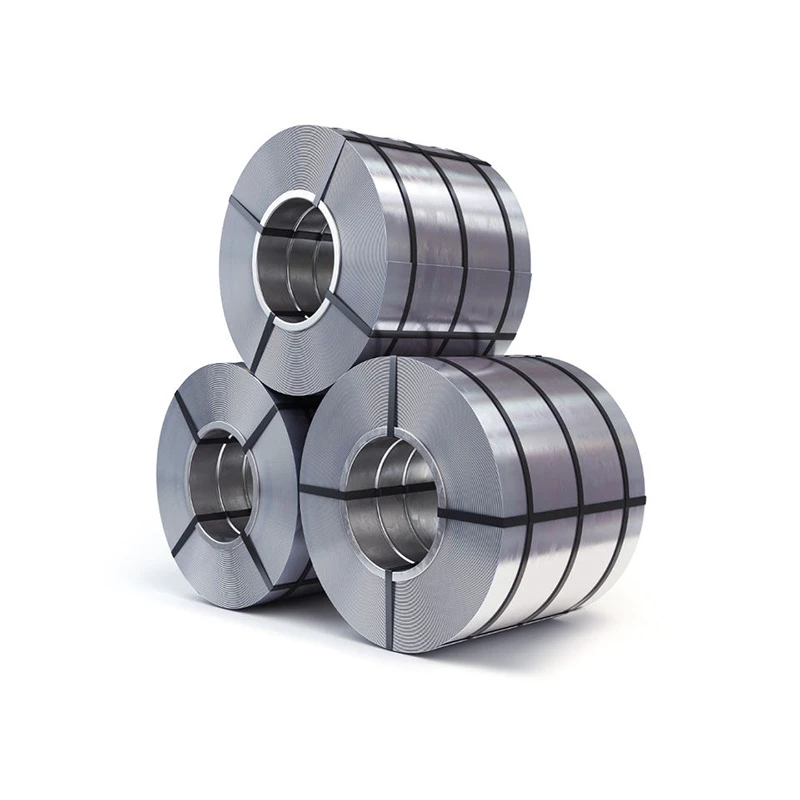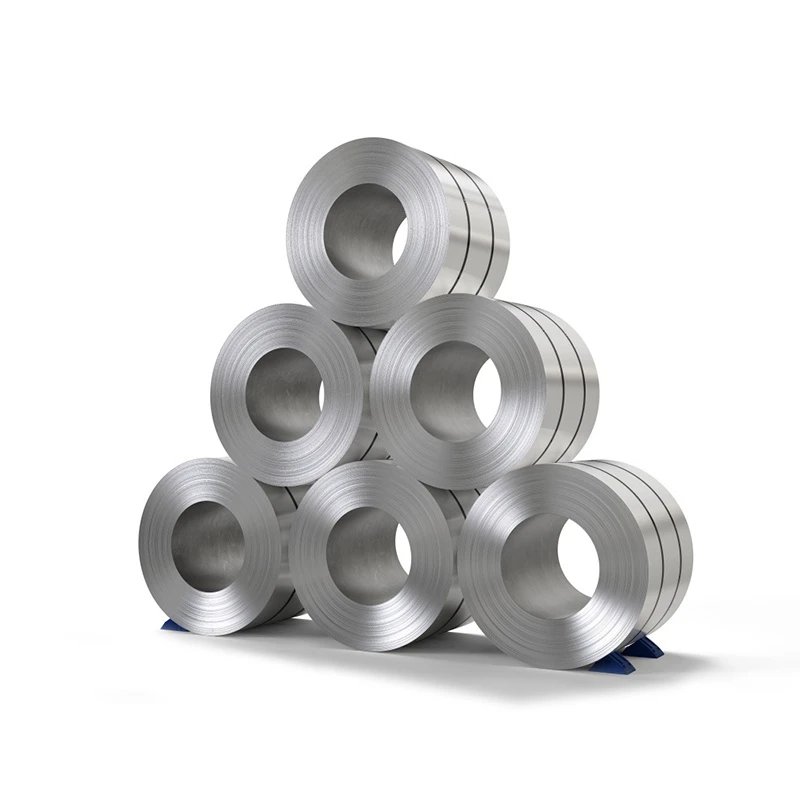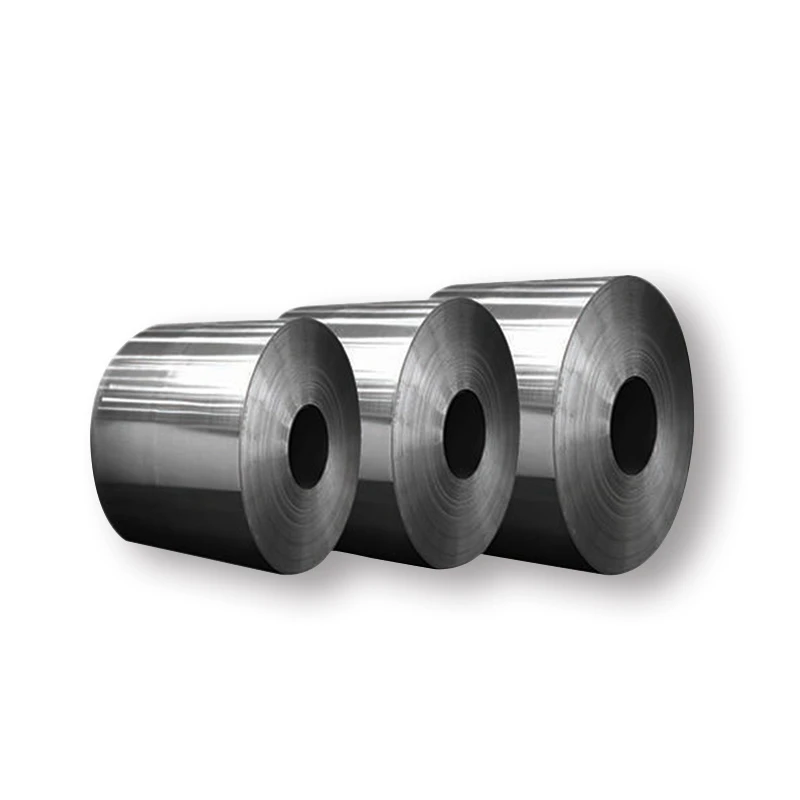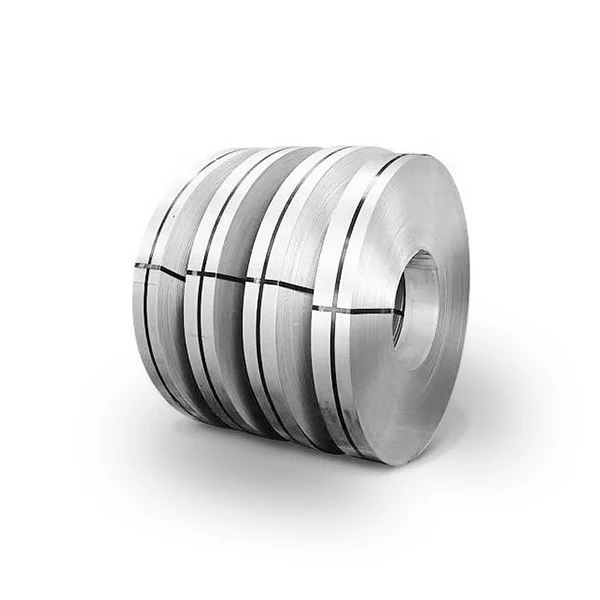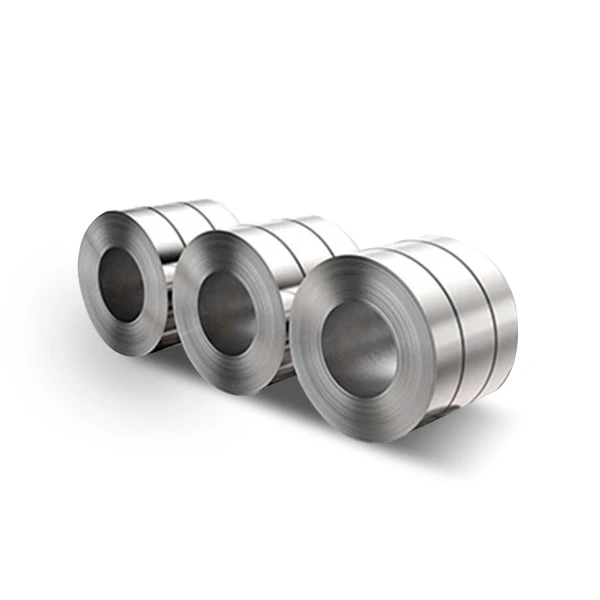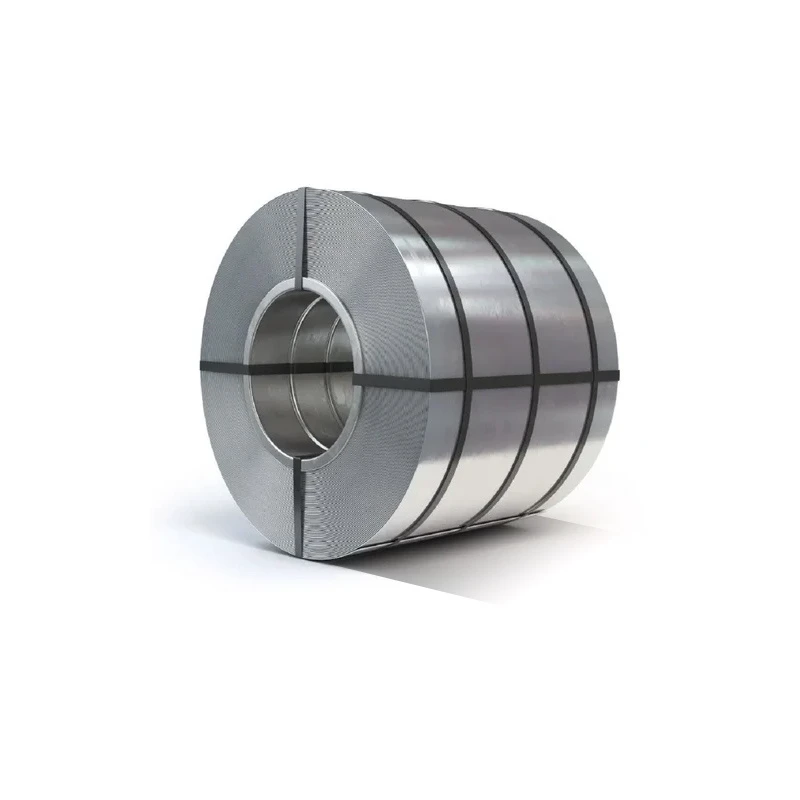
CATEGORIES
FEATURED PRODUCTS
330 Stainless Steel Coil
We offer this product and related grades with 100% factory direct pricing and free quotes available within 24 hours.
APPLICATION SCENARIOS

OUR ADVANTAGE

Certificate of Honor

PARTNER

Our Factory

330 Stainless Steel (UNS N08330) is an austenitic nickel-chromium-iron alloy with significant additions of nickel (around 34-37%), chromium (17-20%), and silicon (1.0-1.5%). This high nickel content, combined with chromium and silicon, provides outstanding resistance to carburization and oxidation at elevated temperatures, typically up to 1149°C (2100°F). Unlike many other stainless steels, 330 remains fully austenitic at all temperatures, which means it’s not susceptible to embrittlement from sigma phase formation, a common issue in some high-chromium ferritic or duplex stainless steels after prolonged high-temperature exposure. It also boasts good strength and ductility at high temperatures, making it highly resistant to thermal shock and cycling. 330 stainless steel is generally non-magnetic in its annealed condition.
Key Properties of 330 Stainless Steel
The very high nickel and carefully balanced chromium and silicon content are the keys to 330’s exceptional performance in extreme heat.
Superior High-Temperature Resistance
- Exceptional Oxidation Resistance: 330 offers excellent resistance to oxidation and scaling in continuous service up to approximately 1149°C (2100°F). This is crucial for components constantly exposed to hot gases and combustion products.
- Outstanding Carburization Resistance: This is a hallmark property of 330. Its high nickel and silicon content provide superior resistance to carburization, which is the absorption of carbon at high temperatures, leading to embrittlement and material degradation. This makes it invaluable in furnace atmospheres with high carbon potential.
- Resistance to Nitridation: It also exhibits good resistance to nitrogen-containing atmospheres where oxygen content is low, further broadening its high-temperature application range.
- Thermal Shock and Cycling Resistance: 330’s fully austenitic structure and low coefficient of thermal expansion contribute to its excellent resistance to thermal fatigue and distortion, even under severe thermal cycling conditions.
Good General Corrosion Resistance (Moderate Aqueous)
- Aqueous Corrosion: While designed for high-temperature service, 330 provides good general corrosion resistance in a variety of aqueous environments, similar to many austenitic stainless steels.
- Chloride Stress Corrosion Cracking (SCC) Resistance: The very high nickel content (34-37%) gives 330 excellent resistance to chloride stress corrosion cracking, a significant advantage over lower-nickel austenitic grades like 304 or 316 in specific chloride-bearing high-temperature environments.
Mechanical Properties at Elevated Temperatures
- High Strength: 330 maintains significant strength at elevated temperatures, making it suitable for load-bearing applications in hot environments.
- Good Ductility: It retains excellent ductility even after prolonged exposure to high temperatures, which is crucial for preventing brittle fracture during thermal cycling or mechanical stress.
- Not Hardened by Heat Treatment: Like other austenitic alloys, 330 cannot be hardened by heat treatment. It can only be strengthened through cold work.
Weldability
- Excellent Weldability: 330 stainless steel is readily weldable using common fusion welding techniques. It’s often recommended to use matching filler metals (e.g., ER330) to maintain its superior high-temperature properties in the weld area. Low heat input is generally advised during welding to avoid the possibility of micro-fissuring in the weld metal.
- No Post-Weld Heat Treatment for Corrosion Resistance: Being a stable austenitic alloy, 330 does not require post-weld annealing to restore corrosion resistance, a significant benefit for large or complex fabrications.
Detailed Specifications: Dimensions and Parameters
330 Stainless Steel Coil is produced to stringent quality standards, often conforming to ASTM B536, B511, B535, and other relevant specifications for high-nickel alloys.
| Parameter | Standard Range |
| Thickness | 0.3mm – 10mm (0.012 in – 0.394 in) |
| Width | 1000mm – 2000mm (39.37 in – 78.74 in) |
| Length | Coil form (continuous length) |
| Surface Finish | 2B, No.1, Mill Finish (often as-rolled or annealed & pickled) |
| Edge Condition | Mill Edge, Slit Edge |
| Standard | ASTM B536, B511, B535, ASME SB-536, UNS N08330 |
Specific availability of thicknesses, widths, and tempers will depend on the supplier and manufacturing capabilities. Given its specialized nature, custom orders are common.
Chemical Composition of 330 Stainless Steel
The precise chemical composition of 330 stainless steel is key to its exceptional high-temperature and corrosion resistance.
| Element | Weight Percentage (%) |
| Carbon (C) | ≤0.08 |
| Silicon (Si) | 1.00 – 1.50 |
| Manganese (Mn) | ≤2.00 |
| Phosphorus (P) | ≤0.030 |
| Sulfur (S) | ≤0.030 |
| Chromium (Cr) | 17.0 – 20.0 |
| Nickel (Ni) | 34.0 – 37.0 |
| Iron (Fe) | Balance |
The high nickel content, combined with significant chromium and silicon, provides the unique blend of properties for high-temperature service.
330 Stainless Steel vs. Other High-Temperature Alloys: A Comparative Look
Here’s how 330 stainless steel stands out when compared to other grades used in high-temperature applications.
| Feature | 330 | 310S | 347 | 600 (Inconel) |
| Alloy Family | Ni-Cr-Fe Alloy (High Ni Austenitic) | Austenitic Stainless Steel | Austenitic Stainless Steel | Ni-Cr Alloy |
| Max. Continuous Temp. (approx.) | ≈1149∘C(2100∘F) | ≈1100∘C(2010∘F) | ≈816∘C(1500∘F) | ≈1149∘C(2100∘F)+ |
| Primary Strength | Carburization & Oxidation Resistance | Oxidation Resistance, Moderate Sulfidation | Intergranular Corrosion (welded), Creep Strength | Broad corrosion, Oxidation, High temp strength |
| Carburization Resistance | Excellent | Good (better than 304, 321) | Moderate | Excellent (higher Ni) |
| Resistance to Sigma Phase Embrittlement | Excellent (fully austenitic) | Susceptible (if prolonged exposure 650-950°C) | Excellent (stabilized) | Excellent |
| Chloride SCC Resistance | Excellent (High Ni) | Good (better than 304) | Excellent (stabilized) | Excellent |
| Cost | High | Moderate to High | High | Very High |
| Typical Use | Furnace components, heat treat fixtures, petrochemical equipment | Furnace parts, radiant tubes, burners, kilns | Aircraft exhaust, boiler tubes, heavy weldments | Jet engines, chemical processing, nuclear reactors |
330 provides a cost-effective alternative to more expensive nickel-based superalloys (like Inconel 600) for applications that primarily demand high resistance to carburization and oxidation at extreme temperatures, combined with good strength and resistance to thermal cycling.
Key Industries and Applications for 330 Stainless Steel Coil
330 Stainless Steel Coil is primarily utilized in industries that involve severe high-temperature processes, often in aggressive atmospheres.
| Industry | Typical Applications |
| Heat Treatment | Furnace retorts, muffles, annealing covers, baskets, trays, fixtures, radiant tubes (where resistance to carburization and oxidation is critical) |
| Petrochemical | Cracking tubes, reformers, flares, heat exchangers, furnace parts, catalyst support grids (in high-temperature, carburizing/oxidizing atmospheres) |
| Power Generation | Boiler fixtures, components in coal gasification equipment, gas turbine components (where high-temperature strength and corrosion resistance are needed) |
| Ceramic & Glass Manufacturing | Kiln linings, rollers, and other components exposed to extreme heat and thermal cycling |
| Food Processing | High-temperature baking oven components, heat shields (where extreme heat and potential for carburization from food residues are present) |
Global Price Overview: 330 Stainless Steel Coil
The price of 330 Stainless Steel Coil is on the higher end of the stainless steel spectrum, typically higher than 304L, 316L, and even 310S, due to its very high nickel content and specialized production. Pricing is influenced by global demand, the cost of its key raw materials (especially nickel and chromium), energy prices, and the specialized nature of its manufacturing. The figures below are illustrative and subject to significant market fluctuations. For the most accurate and current pricing, please contact us directly.
| Region / Factor | Price Range (USD per Metric Ton) – Illustrative | Notes |
| Asia | $5,000 – $9,000 | Prices vary based on producer, purity, and specific alloy surcharges. |
| Europe | $6,000 – $11,000 | Reflects high quality standards, advanced manufacturing, and stricter material specifications. |
| North America | $6,500 – $12,000 | Influenced by domestic demand, import dynamics, and the critical nature of its applications. |
| Raw Material Cost (Nickel, Chromium) | Very High Impact | Fluctuations in nickel prices are a dominant factor in 330’s cost. |
| Order Volume | Discounts for Bulk | Larger purchase quantities may receive more favorable per-unit pricing. |
| Thickness & Surface Finish | Varies | Specialized thicknesses or specific surface treatments can add to the cost. |
Disclaimer: These are approximate price ranges and should not be considered as definitive quotes. For precise pricing and lead times, please reach out to our sales team.
Frequently Asked Questions (FAQs)
Here are answers to some of the most common questions about 330 Stainless Steel Coil.
Q1: Is 330 stainless steel a true stainless steel, or is it a nickel alloy?
A1: 330 stainless steel is technically classified as an iron-based superalloy or a nickel-chromium-iron alloy, rather than a conventional stainless steel. While it contains chromium for corrosion resistance, its very high nickel content (34-37%) and balanced composition give it superior high-temperature properties (especially carburization and oxidation resistance) that go beyond what typical stainless steels can offer.
Q2: Is 330 stainless steel magnetic?
A2: In its annealed condition, 330 stainless steel is generally non-magnetic. Like other high-nickel austenitic alloys, its magnetic permeability is very low. However, very heavy cold working might induce a slight magnetic response.
Q3: What is the main advantage of 330 stainless steel at high temperatures?
A3: The main advantage of 330 stainless steel at high temperatures is its outstanding resistance to carburization and oxidation, coupled with excellent thermal stability (resistance to thermal shock and cycling) and resistance to sigma phase embrittlement. This makes it ideal for environments where carbon-rich atmospheres or severe temperature fluctuations would degrade other high-temperature alloys.
Q4: How does 330 compare to 310S for high-temperature applications?
A4: While both 330 and 310S are excellent for high-temperature applications, 330 generally offers superior performance in highly carburizing and cyclic thermal environments.
- 330 (High Ni): Better resistance to carburization due to higher nickel and silicon. More resistant to thermal shock and sigma phase embrittlement due to its fully austenitic structure at all temperatures. Can withstand slightly higher continuous service temperatures than 310S.
- 310S (High Cr, Moderate Ni): Excellent oxidation resistance. Can be susceptible to sigma phase embrittlement after prolonged exposure to intermediate temperatures (650-950°C), which can reduce ductility at room temperature.
So, for the most demanding carburizing conditions and severe thermal cycling, 330 is often the preferred choice.
Q5: Can 330 stainless steel be hardened by heat treatment?
A5: No, 330 stainless steel cannot be hardened by heat treatment. It is a solid solution austenitic alloy, meaning its microstructure does not transform in a way that allows for hardening through heating and quenching. It can only be strengthened through cold working.








